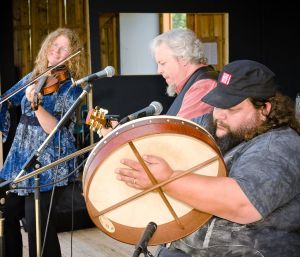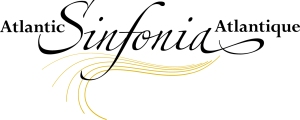 The last couple of months I have been teaching a group adult fiddle class. As part of the class, I have been offering a single private lesson to each student. It has been really interesting to see what they are struggling with, and it all comes back to the same thing… When you are learning the fiddle, or any instrument for that matter, don’t forget to keep working on the fundamentals!
The last couple of months I have been teaching a group adult fiddle class. As part of the class, I have been offering a single private lesson to each student. It has been really interesting to see what they are struggling with, and it all comes back to the same thing… When you are learning the fiddle, or any instrument for that matter, don’t forget to keep working on the fundamentals!
The first lesson we worked on using the bow. This means we worked on hitting only one string at a time, keeping the bow straight, making a clean sound with no squeaks… On week two I started teaching them a fiddle tune (Cock of the North). I noticed that once we started working on fiddle tunes, my students were no longer working on simply playing long bow strokes on the strings without hitting other strings and making nice clean sounds.
Why is that? Human nature means that we are more likely to work on something that is fun. A tune is something exciting! It sounds like something and is fun to play! Doing exercises to improve your sound and bow technique is not always fun!
Here is the thing though… If you do not work on your bowing technique, your sound will not be good and it will not be a pleasure to play your fiddle.
So, what is a fiddler to do? Make sure that you warm up by working on your bowing technique, or any other technique upon which you may be working. Make sure that you do not forsake the basics when you are practicing the fiddle.









